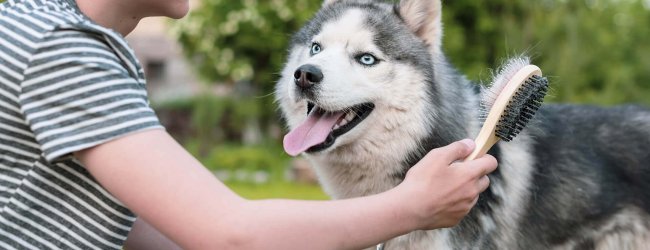Why Do Cats Get The Zoomies? All The FAQs Covered
While more commonly associated with dogs, cats do get those random bursts of energy too. Here's why it happens and how you can keep them safe & healthy.
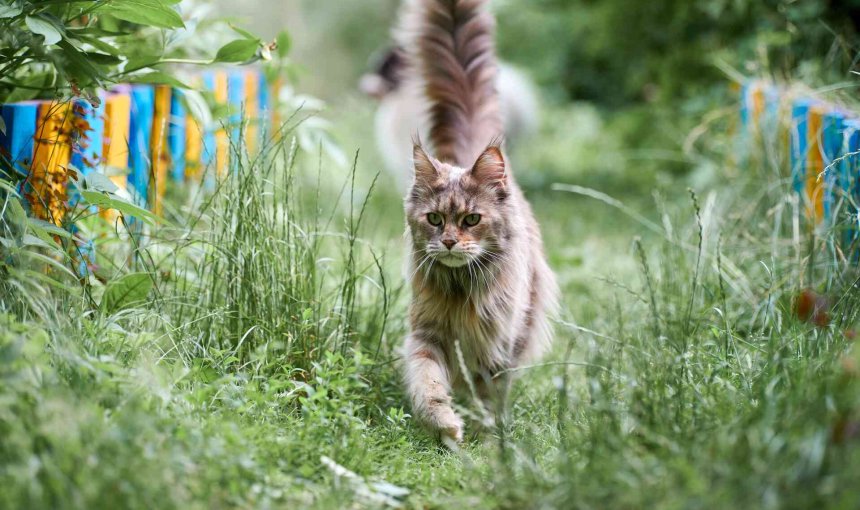
You wouldn’t be the first surprised to see your cat race around the house at top speed. They leap onto the furniture, skid across the floor, and bounce off walls. And now you’re wondering, why do cats get the zoomies? Is it normal, random, or could it signal something more serious? Here are all the reasons underlying your cat’s sudden busts of energy – and where a smart cat collar can help you better understand their health and well-being.
Key Takeaways
Cat zoomies are a normal and healthy way for felines to release pent-up energy, often signaling they are happy and comfortable.
Specific triggers like nighttime activity (due to their crepuscular nature) or post-litter box relief are common and usually harmless.
While typically not a concern, you should watch for signs of aggression, irritation, or sudden changes in behavior that may point to an underlying health problem.
Smart cat collars like the Tractive GPS & Health Tracker can help you spot potential health issues early by monitoring your cat’s activity and sleep. You can also safely let your cat outdoors and monitor their location in real-time.

Find out where your cat spends their time.
Read moreWhat causes cats to get the zoomies?
At their core, zoomies are all about releasing pent-up energy. Cats are natural predators, designed for short, powerful bursts of speed. Even though your housecat’s main prey is probably a toy mouse or a dust bunny, those instincts are still very much alive. This frantic, playful behavior might seem completely random, but it’s actually a very normal part of being a cat. Known more formally as Frenetic Random Activity Periods (FRAPs), zoomies are a common way for cats to express themselves.
The main reasons for these sudden explosions of energy include:
- Releasing pent-up energy
Cats spend a significant portion of their day sleeping or resting. That means they’re storing up a lot of energy. When they’re awake, they need an outlet for it, and zoomies are the perfect solution. This is especially true for indoor cats. (Especially if they don’t have the same opportunities to hunt and explore as their outdoor counterparts.) - Happiness or excitement
Sometimes, zoomies are simply a sign of pure happiness and excitement. You might notice your cat getting the zoomies when you come home from work. Or it could be right before mealtime, or after a particularly fun play session. - Post-nap energy
A long nap can leave a cat feeling refreshed and ready to go. A zoomie session can be their way of stretching their legs and getting their blood pumping after a long period of rest.
Why do cats get the zoomies at night?
Cats are crepuscular, which means they are most active during the twilight hours of dawn and dusk. This is a leftover trait from their wild ancestors, who hunted during these times. Even though your cat doesn’t need to hunt for their dinner, their body clock is still wired to be active during these hours. To help manage those late-night zoomies, try scheduling an intense play session with your cat in the evening, right before their last meal. This can help them burn off that excess energy and settle down for the night.
Why do cats get the zoomies after pooping?
This one is a real head-scratcher for many pet parents, but it’s possible it provides your cat some relief. One theory suggests that a bowel movement can stimulate the vagus nerve, which runs from the brain to the colon. This leads to a feeling of euphoria (or poo-phoria) that sends your cat sprinting around in celebration. Another reason could be that they’re trying to stay safe. In the wild, leaving behind waste is a tell-tale sign for predators. A cat’s instinct might be to quickly get away from the scene of the “crime” to avoid being found.
Do zoomies mean cats are happy?
For the most part, yes! Zoomies are a sign of a healthy, energetic, and happy cat. It means they’re comfortable and feel safe enough in their environment to let loose and play.
However, in some cases, zoomies can be a sign of irritation or aggression. This can happen if a cat gets overstimulated during playtime or is reacting to an unseen trigger. You’ll want to pay close attention to your cat’s body language to differentiate between happy play and a more negative reaction. Watch out for:
- Flattened ears and dilated pupils
This is a classic sign of a cat on high alert or feeling threatened. - A puffed-up tail or back
If your cat’s fur is standing on end, they are trying to look bigger and more intimidating. - Hissing or growling
Vocalizations are a clear warning sign. - Stiff body posture
Instead of the fluid, playful movements of happy zoomies, their body might be rigid and tense.
Should I ignore cat zoomies?
Generally, yes. It’s best to let them have their fun. Trying to grab them or stop them might turn it into a negative experience. However, if your cat’s zoomies are destructive or they’re running in a way that could cause injury, it’s wise to provide a safe space and some toys to redirect their energy.
When cat zoomies may be a cause for concern
While zoomies are usually a sign of a healthy cat, there are some instances where they could indicate a problem. Pay attention to any significant changes in behavior. You should consider a vet visit if:
- The behavior is new or sudden
If an older cat who has never had zoomies suddenly starts getting them regularly, it could be a sign of an underlying medical issue like hyperthyroidism. - They’re accompanied by other symptoms
Watch for signs of pain, changes in appetite, excessive vocalization, or hiding. - The post-poop zoomies seem painful
If your cat’s behavior after using the litter box looks like it’s a frantic escape from pain, it could be a sign of constipation or other urinary/digestive issues.
How to keep your cat safe during zoomies
While it’s important to let your cat express themselves with a good zoomie session, you also need to make sure their environment is safe. An indoor cat running at high speed can easily slip on a rug, crash into furniture, or knock something over. Here are some tips to keep your cat safe and provide alternative outlets for their energy:
- Provide plenty of playtime
The best way to reduce the intensity of zoomies is to ensure your cat gets enough exercise and mental stimulation throughout the day. Interactive toys, laser pointers, and wand toys are great for this. Scheduling a few dedicated play sessions a day can help them burn off that energy in a controlled way. - Remove potential hazards
Make sure there are no breakable items on shelves, loose cords they could trip on, or other small objects they could knock over or get tangled in. - Create a safe space
Ensure your cat has clear pathways to run and jump. Adding a cat tree or designated “zoomie zone” with soft surfaces can give them a safe place to land. - Consider safe outdoor time
For some cats, letting them explore outdoors can be a great way to satisfy their hunting instincts and get exercise. Make sure your cat is microchipped and wearing a secure collar with an ID tag. It’s also wise to keep them on a leash or in a securely fenced yard. This keeps them safe from cars, predators, and other dangers.
Where a smart cat collar can step in
It’s easy to miss out on a subtle change in your cat’s health. Easier still to worry about them running into trouble outdoors. This is where a smart cat collar with Health Monitoring features, like Tractive , can step in. Now you can keep an eye on your cat’s well-being and have complete peace of mind – whether they’re indoors or enjoying some safe time outdoors. Strapped to your cat’s collar, you can now:
- Monitor your cat’s daily movement
With your tracker’s built-in motion detector, you’ll be able to see if they’re getting enough exercise. You can also spot any sudden drops or spikes in their activity levels. (Which could be an early indicator of a health issue.) - Spot potential health issues early
Tractive sends you Health Alerts if it detects any significant changes to your cat’s activity or sleep routines. So an early warning system that gives you the chance to talk to your vet and get your cat checked out before a minor issue becomes a major problem.
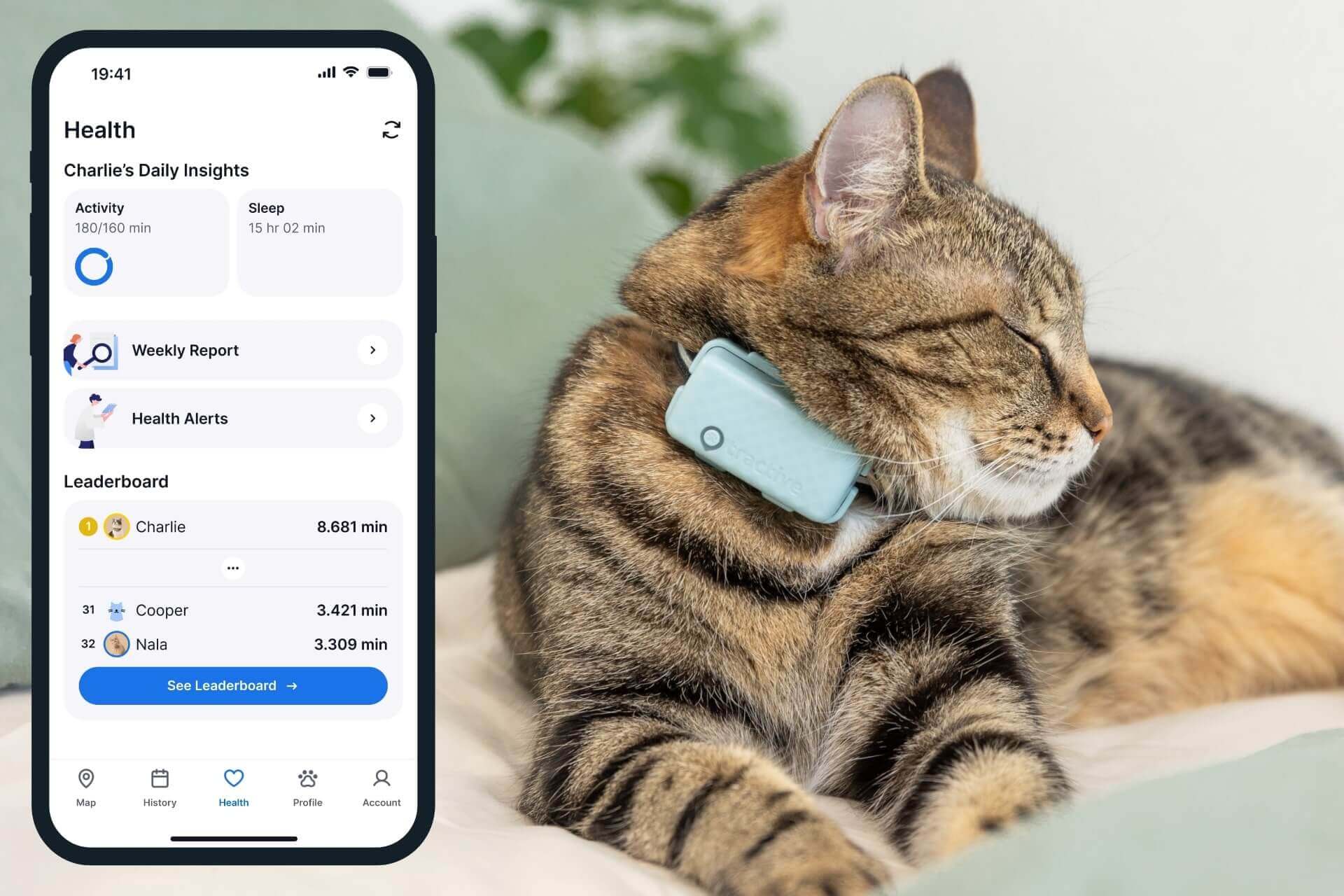
And if you’ve chosen to let your cat outdoors for some exercise, you can now:
- Track their every step in real-time
Besides Health Monitoring, your Tractive device offers real-time GPS tracking. So with just a glance at your phone, you’ll be able to follow your cat’s every step – as they make their every step. Plus, unlike AirTags, Tractive devices don’t need a network of compatible devices to work. Nor are they limited by range. - Figure out your cat’s favorite hangout spots
From their Heat Map and Location History. Which – in an emergency, like if they’ve gone missing – also means you now know where to look first. - Prevent your cat from venturing somewhere dangerous
From your app, you can mark out “no go zones” (like your neighbors’ backyards.) Now, if your cat enters these, you’ll get an escape alert to your phone.
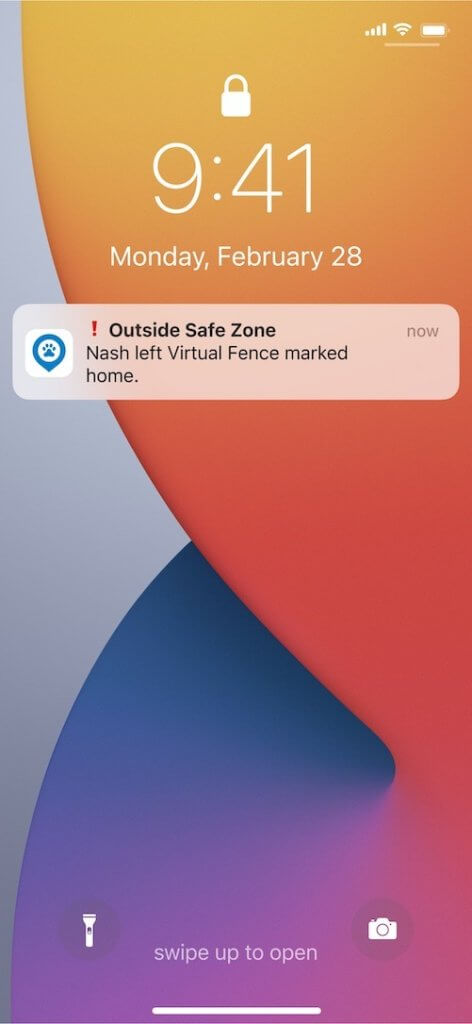
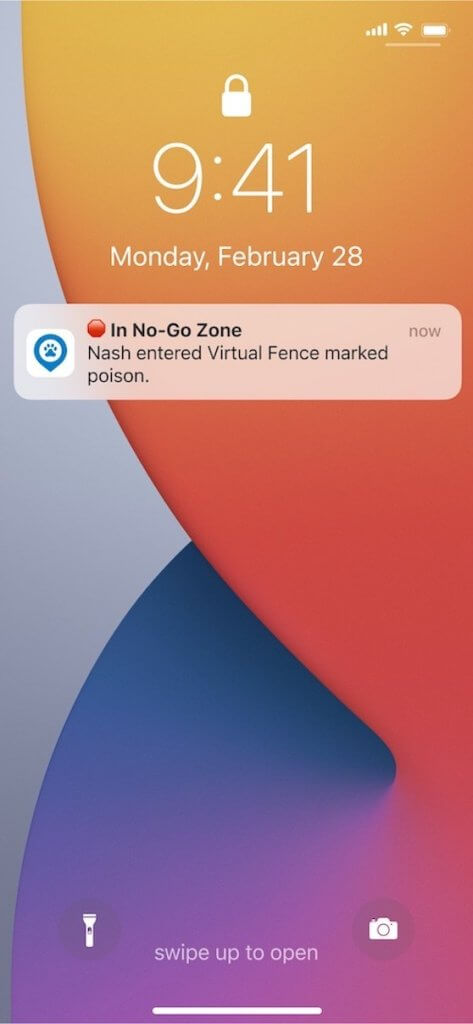
So, the next time your cat gets the zoomies, enjoy the show! It’s likely just a sign of a happy, playful pet. But with the right tools, you can also have the peace of mind that you’re staying on top of their health and well-being.
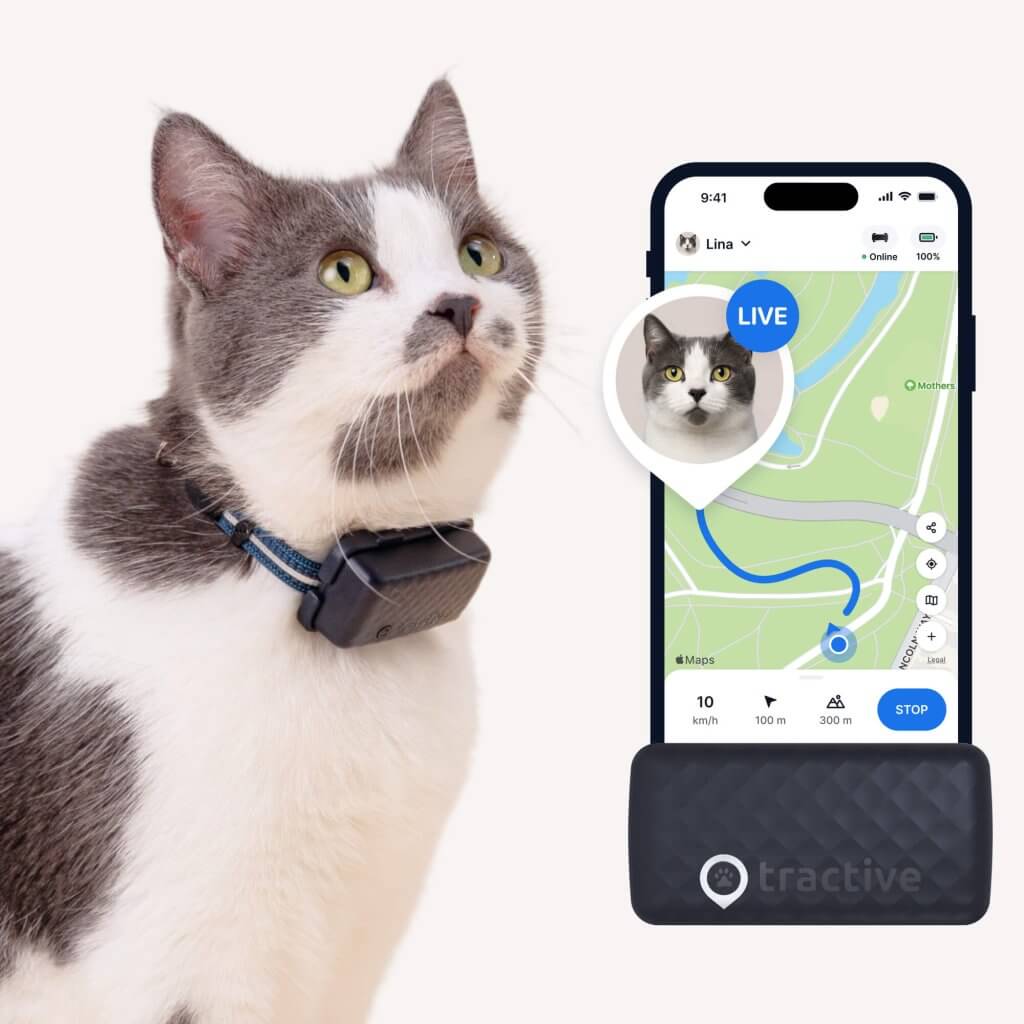
Track your cat wherever they go
See where they are in real-time, no matter how far they roam. Discover their territory. Get alerted if they go too far. Track activity, sleep, and receive health alerts if your cat’s activity changes. Keep your feline friend healthy and safe.
And if you’ve liked this post, share it with a friend or a loved one – and let’s help build a safer, kinder world for our furry friends together.

